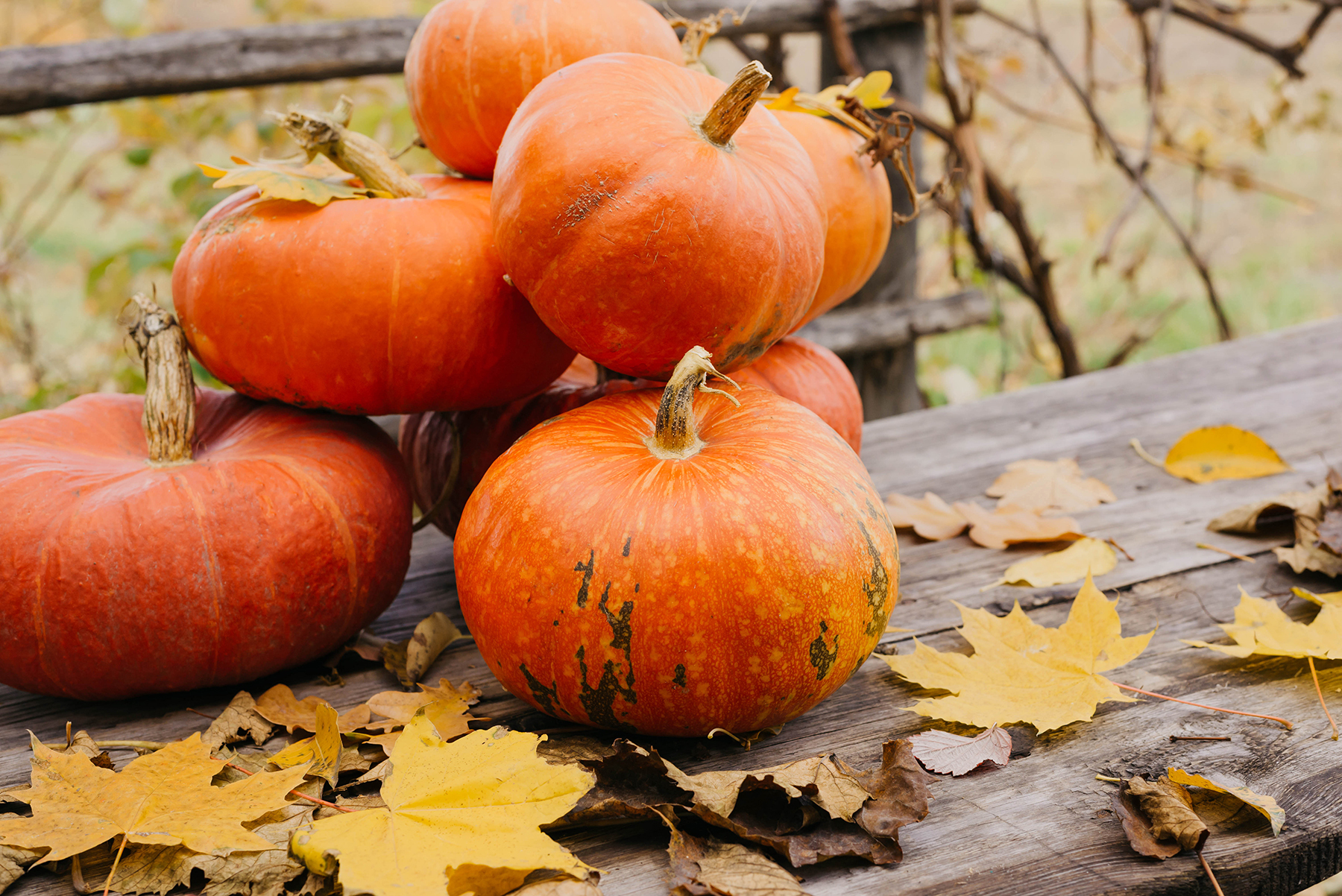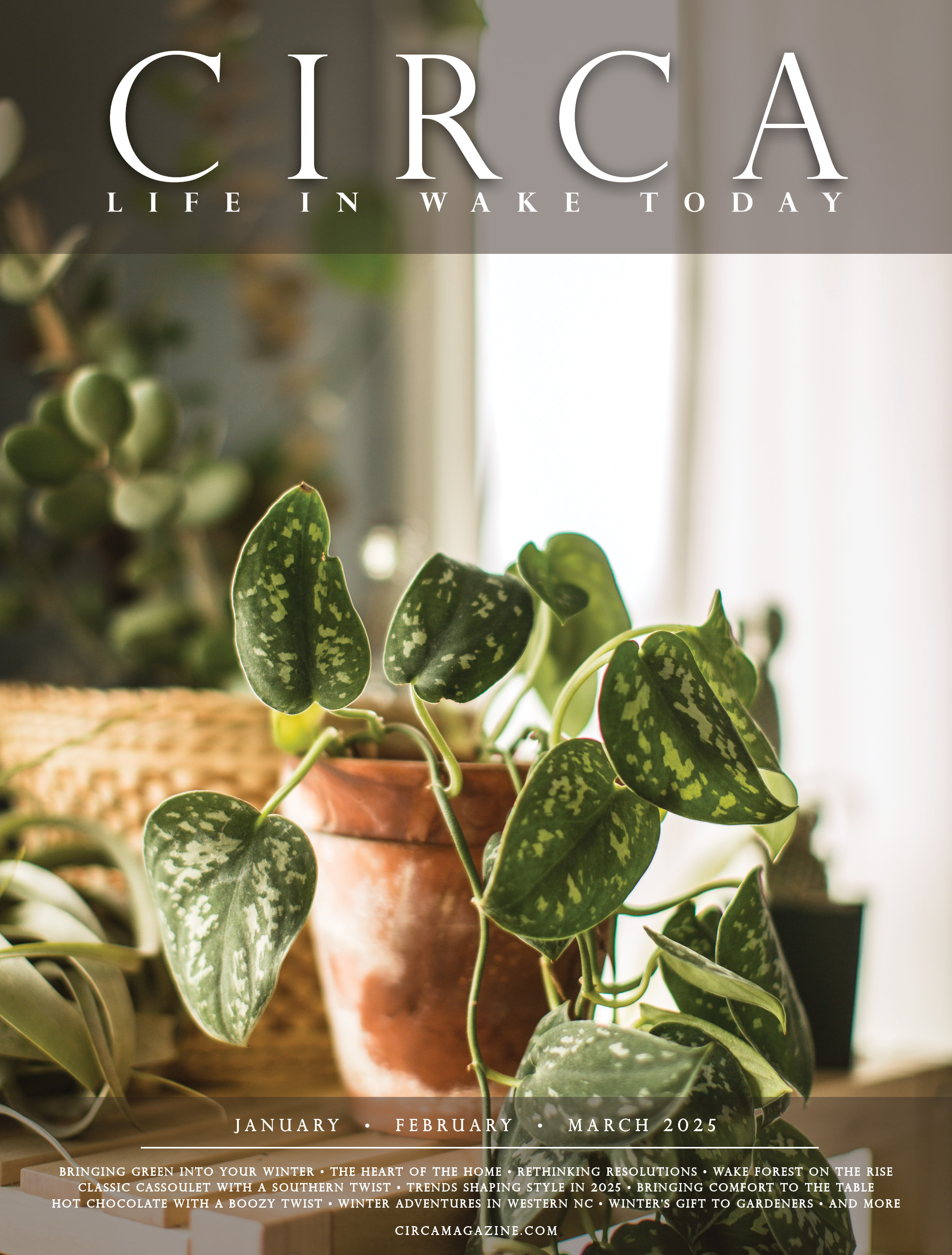Gardening Guru
What To Do Before Winter Comes Knocking

Fall has arrived, bringing with it a flurry of gardening tasks to tackle before we can finally close up shop for the year. So, grab your favorite pumpkin-spiced beverage and let’s dive into the preparations needed to get our gardens ready for the changing season.
If you planted your fall garden in late summer, you might already be savoring the taste of homegrown lettuce. Your greens are eagerly awaiting the first frost to sweeten them up, while turnips are still growing in the cover of the earth. There’s no rush to harvest your carrots just yet – at least not all of them. Let them winter over and you’ll be rewarded with a beautiful flower perfect for cutting and adding a touch of natural beauty to your indoor arrangements – Queen Anne’s Lace anyone?
As the days grow shorter and the weather cools, leaves will begin to fall in earnest. Last year, I mulched my leaves and left the dust on my lawn to naturally enrich the soil. While I’m not exactly a lawn aficionado, I did appreciate the fewer brown patches when the rains stopped last summer. It also seems the ground is a little softer under the shade of the old oak tree in my front yard. Gardeners, I plan to repeat the process this year, and will report the results with you in 2025. If you prefer to rake up leaves, consider composting them for soil enhancement once breakdown is complete. Regardless of how you use your leaves, just be sure to not leave them piled on your plantings or grassy areas, as wet leaves are a heavy barrier and can smother and damage your garden.
As the growing season winds down, it’s a perfect time for reflection. I’m currently peeking out my window, enjoying a lovely display of fall décor and vibrant pops of color in my front yard, with pumpkins taking center stage. These pumpkins have a special story – many sprouted from my compost pile, where I tossed last year’s decorative pumpkins. Some were shared with Dora, Dolly, and their many unnamed deer friends out back, but the rest went into the compost, enriching the soil. By late May, pumpkin plants – and even some forgotten gourds – began to emerge. Despite the summer’s dry spells and heat, they thrived thanks to the nutrient-rich compost. No additional fertilization needed!
Alongside these thriving pumpkins, cheerful mums have found their place, perfectly complementing the fall palatte with their vibrant colors. Whether planted in garden beds or arranged in decorative containers, mums bring a rich, warm hue that enhances the seasonal display. In garden beds, they can be planted as soon as the weather cools, adding an instant splash of color that lasts well into late fall. They thrive in well-drained soil and full sun, making them ideal for brightening up the front of your home or lining walkways. Paired together, the pumpkins and mums create a harmonious and festive look that celebrates the beauty of the season.
As you transition from fall to holiday décor, taking the pilgrims inside to make room for Santa and Frosty, consider tossing any leftover pumpkins into your compost or sharing them with your deer friends. And as long as the mums aren’t diseased, they too make excellent compost material. It’s a great way to give back to the garden and keep the cycle going.
The final quarter of the year is packed with tasks and festivities. There’s a lot to accomplish in just three months! It’s also time to tidy up the garden, clean out the shed, and shift focus to indoor preparations – decorating, shopping, wrapping, and planning get-togethers.
Start by clearing out spent plants from your garden. If they’re not diseased, add them to your compost pile. Consider leaving tall perennials like echinacea, asters, and rudbeckia through the winter. Their height and seedheads provide food and shelter for our feathered friends, insects, and other critters. Cut them back in the spring when new growth begins to emerge.
While mulching leaves, I use some of the chopped leaf pieces as garden mulch. Remember, as they decompose, they improve the soil’s ability to retain moisture and reduce the need for chemical fertilizers. It’s a win-win! The goal is to prepare your garden for a long winter’s nap, so it can burst back to life in the spring.
Before you store your garden tools for the season, give them a thorough cleaning. Remove any soil, oil them lightly, and store them in their dry winter home. You’ll be grateful for this preparation when spring arrives and it’s time to dig in again. Time flies, and you’ll be reaching for those tools before you know it.
But before you clean those tools, plant! Fall is the best time for new garden introductions. Add trees, shrubs, and perennials from your “I want it” list. They’ll settle in over the winter months and be ready to thrive come spring and summer. If we experience extended dry spells during fall and winter, remember to water them as you would in the warmer months – plants need hydration just like we do.
As you transition indoors to embrace and decorate for the holiday season, think beyond the traditional red poinsettias. Explore a spectrum of colors to complement your décor. Consider a tree-shaped rosemary topiary on your kitchen island (where you can also enjoy its lovely, aromatic fragrance), a conical lemon cypress or lavender in a gold or silver pot on your dining room sideboard, or a bright cyclamen in your powder room or guest room nightstand. Enjoy the growth process of amaryllis indoors, too – its dramatic flowers can light up any space. Add a Christmas cactus with its vibrant, long-lasting blooms, or showcase an elegant orchid for a splash of sophistication. For a festive touch, add kalanchoe to your holiday display. Its clusters of small, colorful flowers in shades of red, pink, yellow, and orange will add a cheerful pop to your Christmas décor. And don’t overlook paperwhite narcissus for its fragrant winter blooms. With proper care, many of these plants can be moved outdoors in the spring, continuing their beauty and utility throughout the year.
Garden friends, let’s savor the seasonal break that nature provides this time of year. We’ve earned it! See you soon, ready to embrace the next phase of our gardening adventures.
Pam Eagles
Pam Eagles lives in Rolesville where she gardens with two dogs and a cat. She is a founding member of the Community Gardeners of Rolesville Garden Club and serves as a Wake County Master Gardener.

